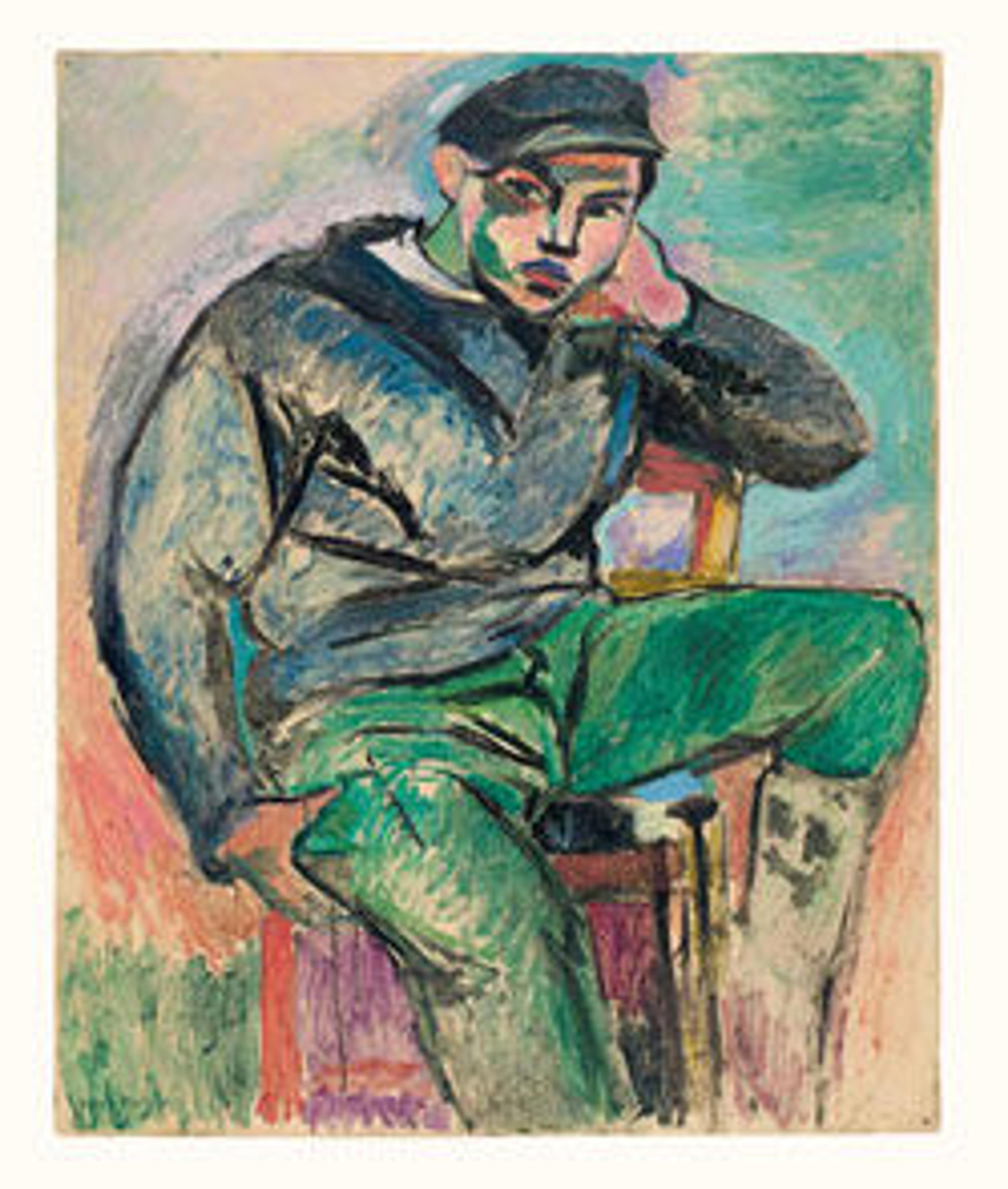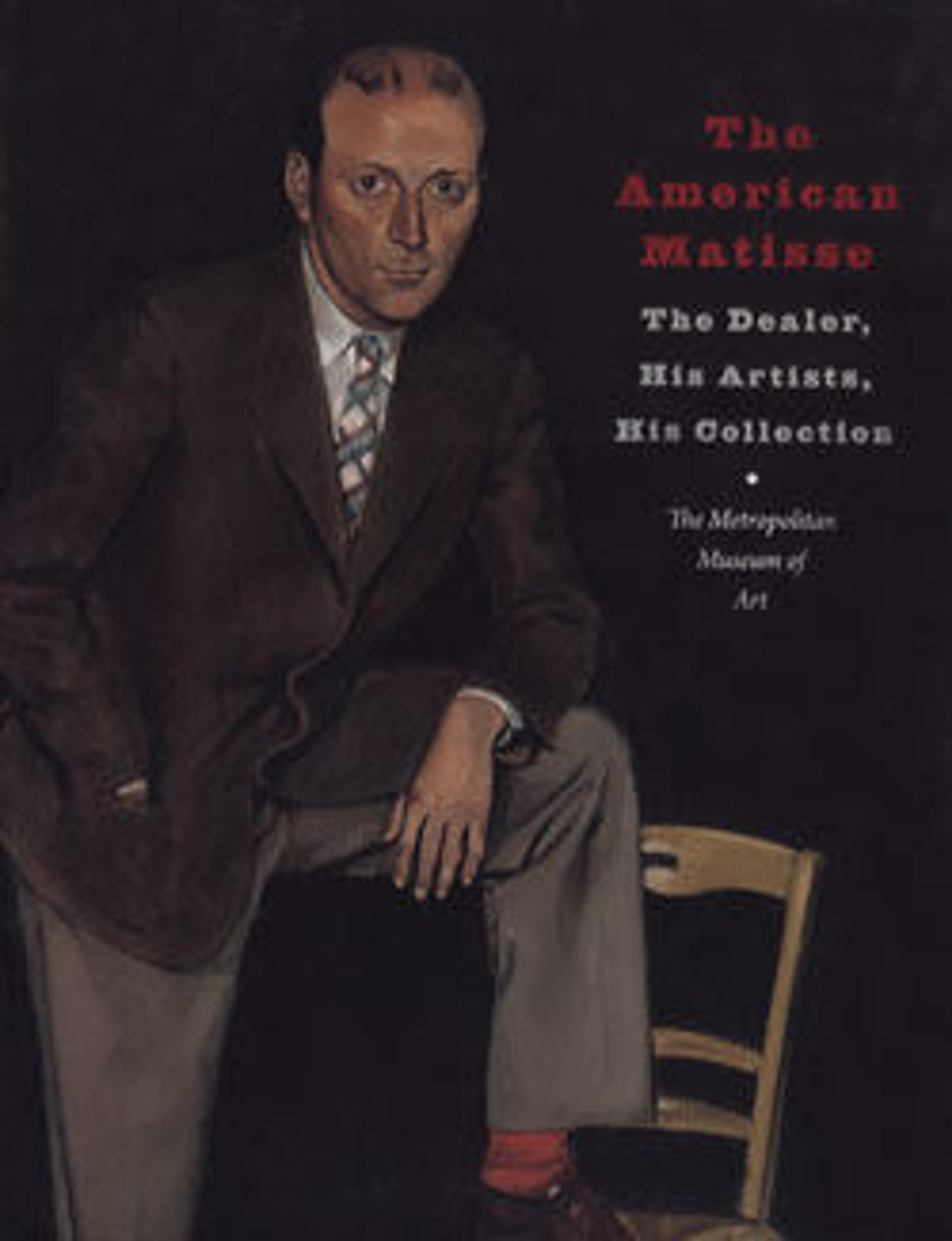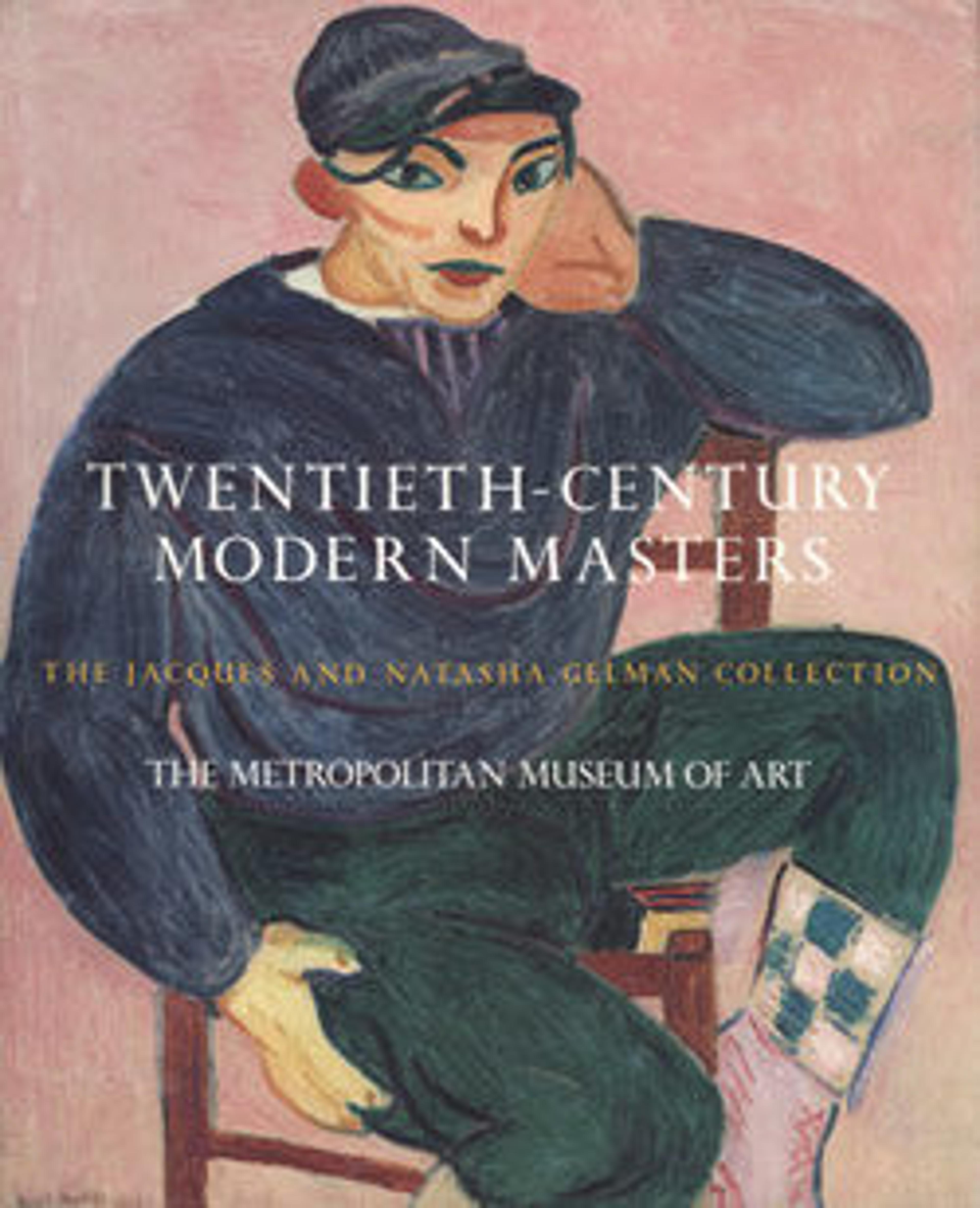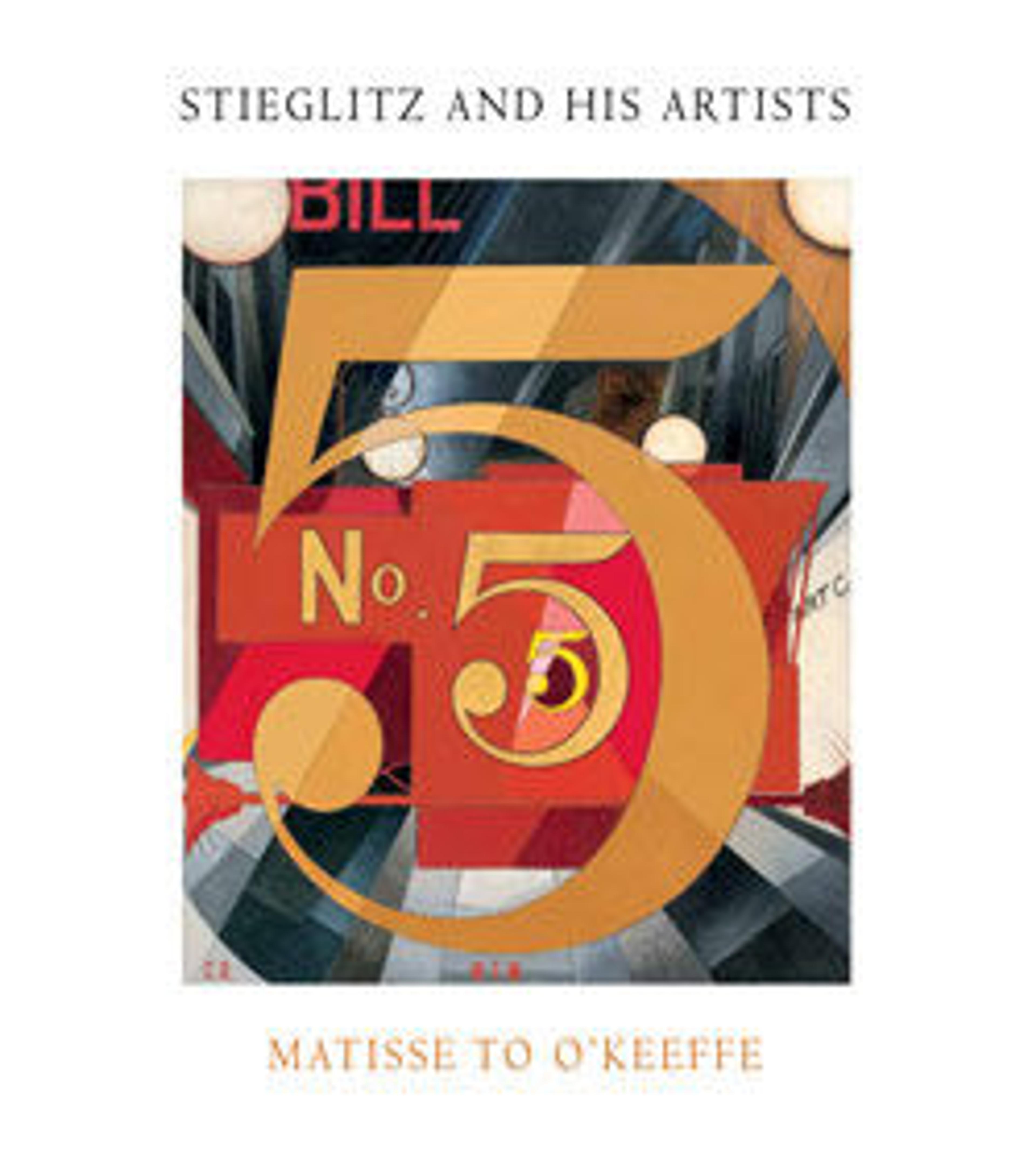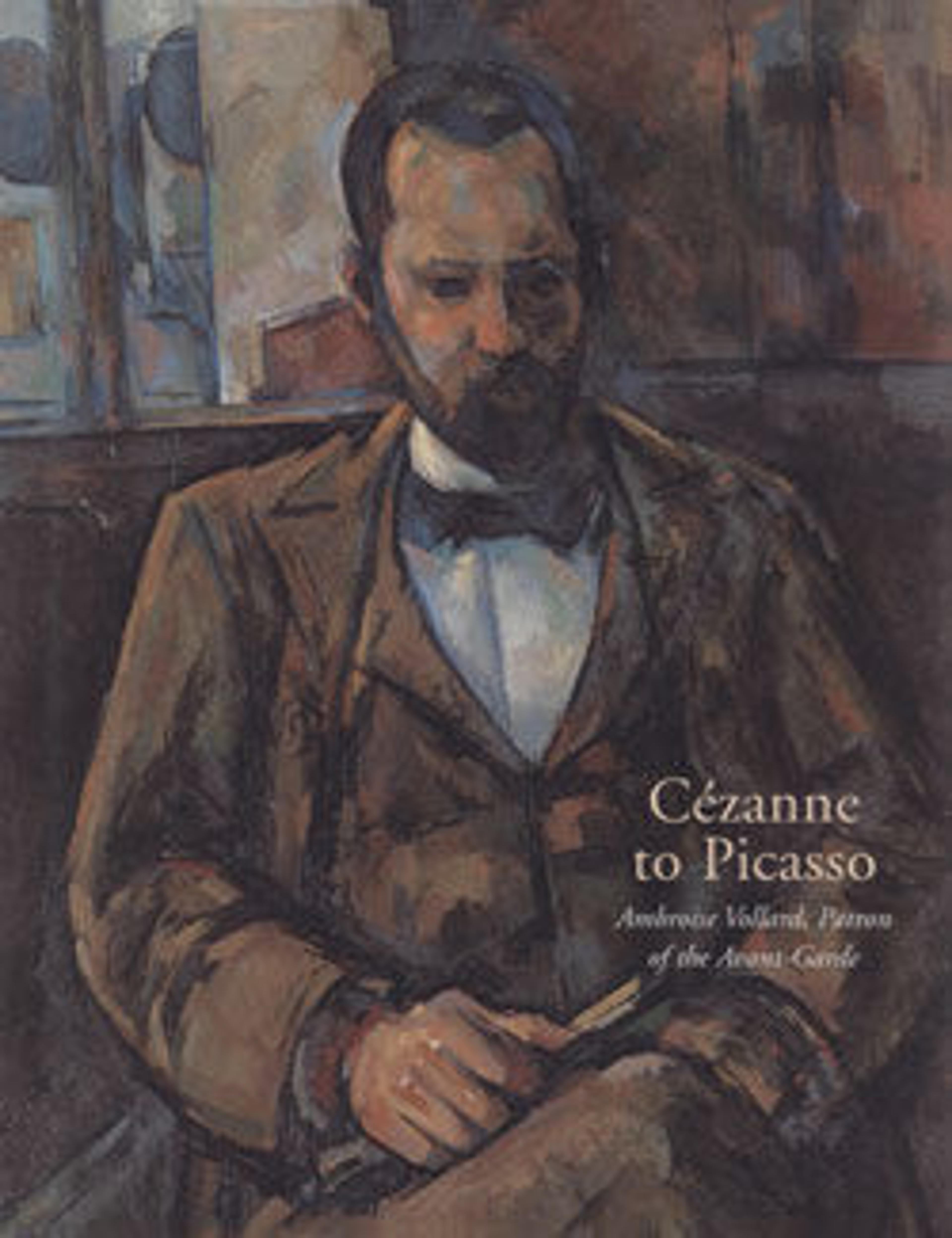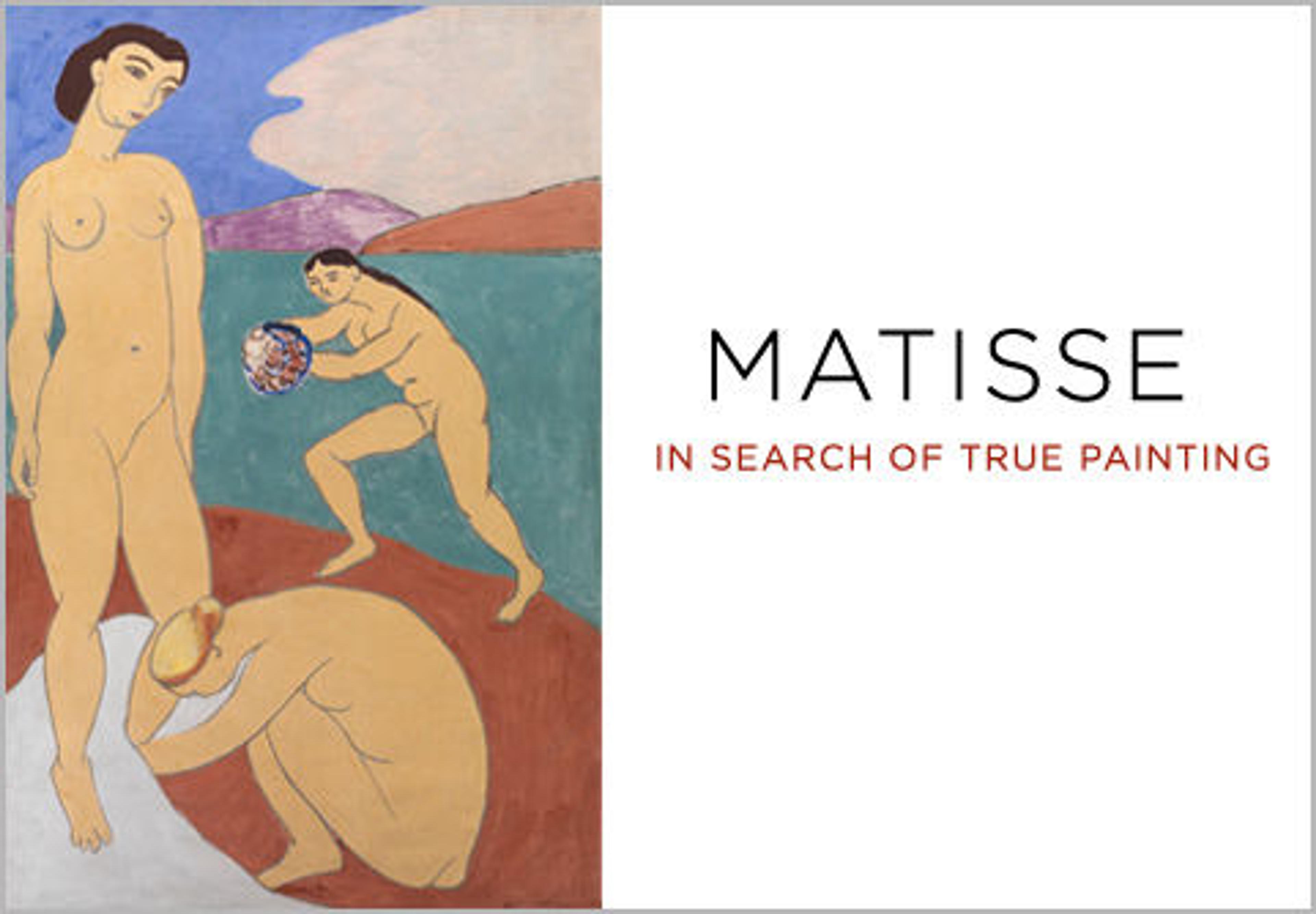
Matisse: In Search of True Painting
Throughout his long career, Henri Matisse (1869–1954) continually expanded the boundaries of his art. By repeating images in pairs, trios, and series, he conducted an ongoing dialogue with his earlier works in order to, as he put it, "push further and deeper into true painting." In this fresh approach to a much-studied artist, prominent scholars from the United States and Europe examine more than sixty works in concise chapters that focus on this aspect of Matisse's working process. From early pairs such as Young Sailor I and II (1906) and Le Leux I and II (1907–8) through a series of late studio scenes from Venice (1946–48), Matisse is shown revisiting a given theme with the aim of devising innovative, often radical, solutions to such problems as how to portray light, handle paint, select colors, and manipulate perspective.
New technical studies of the early paired works and photographs documenting the evolution of his later paintings help to elucidate Matisse's complex evolution. In numerous excerpts from letters and interviews, he is revealed as an artist who regularly questioned himself and his methods, a man of powerful intellect who regarded each new painting as an adventure. A significant addition to art historical literature, Matisse: In Search of True Painting is a revelatory study of a seminal figure in twentieth-century modernism.
Met Art in Publication
You May Also Like
Press the down key to skip to the last item.
Citation
Rabinow, Rebecca A., and Dorthe Aagesen. 2012. Matisse: In Search of True Painting [Exhibition, Centre Pompidou, Musee National d’Art Moderne, Paris, Mar. 7-June 18, 2012, Statens Museum for Kunst, Copenhagen, July 14-Oct. 28, 2012, Metropolitan Museum of Art, New York, Dec. 4, 2012-Mar. 17, 2013]. New York: Metropolitan Museum of Art.
